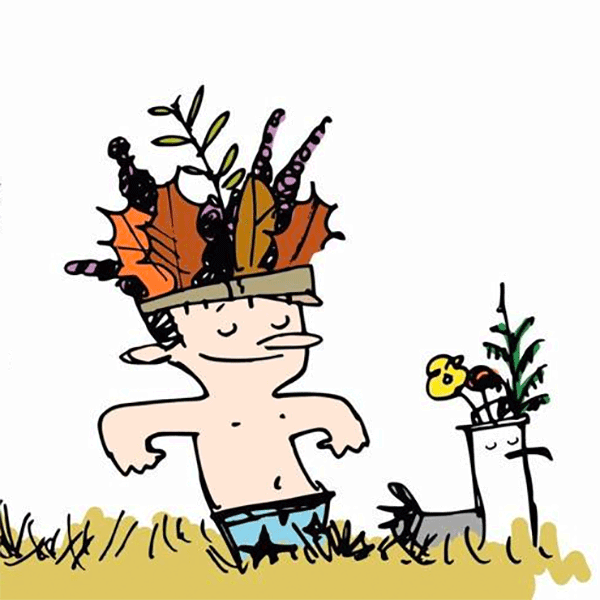My Pet World: Vets Have Many Jobs, Even Helping Endangered Gorillas
RWANDA, AFRICA -- Veterinarians have all kinds of jobs aside from helping pets. Some work in agriculture, others in academia, for zoos, or in far-flung places in the field. Few go as deep into the field as veterinarians for the Mountain Gorilla Veterinary Project, who trek high into the Virunga Mountains to study and treat mountain gorillas.
When you're watching nature shows on TV, rarely does a veterinarian jump in to save wild animals. The refrain is, 'let nature takes its course.' However, the complex situation with the endangered mountain gorillas is different, and veterinarians are a part of the reason this endangered species is actually experiencing a growth in population.
The estimated 780 mountain gorillas on the planet are found in the rich mountain forests of the Democratic Republic of Congo (DRC), Uganda and Rwanda.
"Our job is to improve the sustainability of the mountain gorillas," explained Dr. Dawn Zimmerman, regional manager of the non-profit Mountain Gorilla Veterinary Project. Zimmerman presented a Powerpoint program recently for a group of ecotourists (including this columnist) traveling with Terra Incognita Ecotours at the Virunga Lodge in Rwanda before their first morning of trekking to see the gorillas.
There's little doubt that tourists have saved the mountain gorillas from extinction, noted Zimmerman.
While a civil war and lack of infrastructure to welcome Western tourists have kept DRC out of the picture, Uganda and Rwanda have it figured out. Rwanda's economy, for example, benefits to the tune of about $250 million annually as a result of gorilla-watching tourists. There are about 250 gorillas in the country, so that makes each worth a cool million to Rwanda's needy economy. Those dollars go toward much more than saving gorillas, however. Jobs are provided (for porters, trekkers and guides, as well as those who work at Virunga Lodge and other places tourists stay). Some dollars are invested in Rwanda's future, benefiting a local school not far from where the gorillas live.
Zimmerman added that saving gorillas also means saving several other imperiled species living in the same forests, including the rare golden monkeys.
Dian Fossey, subject of the 1988 biopic movie, "Gorillas in the Mist," made the Gorilla Project's success possible. Fossey was among the first to study the gentle giants in the 1970s. When she first arrived, the lingering image of King Kong persisted. Then Fossey showed just how peaceful these vegetarian apes are. She also demonstrated that gorilla troops could be habituated to people (though at the time she disdained the idea of tourists).
In fact, some of the mountain gorillas tourists see today are descendents of those Fossey first habituated. The fact that they are comfortable with people allows tourists to enter the forests where the gorillas live to observe them close up. The gorillas accept their audience in good stride, seemingly ignoring the constant camera clicks, videotaping and sometimes giddy tourists too excited to whisper.
Still, there are threats. While Rwanda and Uganda have pretty much eliminated the poaching of gorillas, Zimmerman says traps are sometimes set for small antelope species. Incredibly, some gorillas have learned to dismantle the snares, but others sometimes get caught in them. That's when Zimmerman and her team head out to free gorillas and treat their resulting wounds.
...continued
(c) 2012 DISTRIBUTED BY TRIBUNE MEDIA SERVICES, INC.






